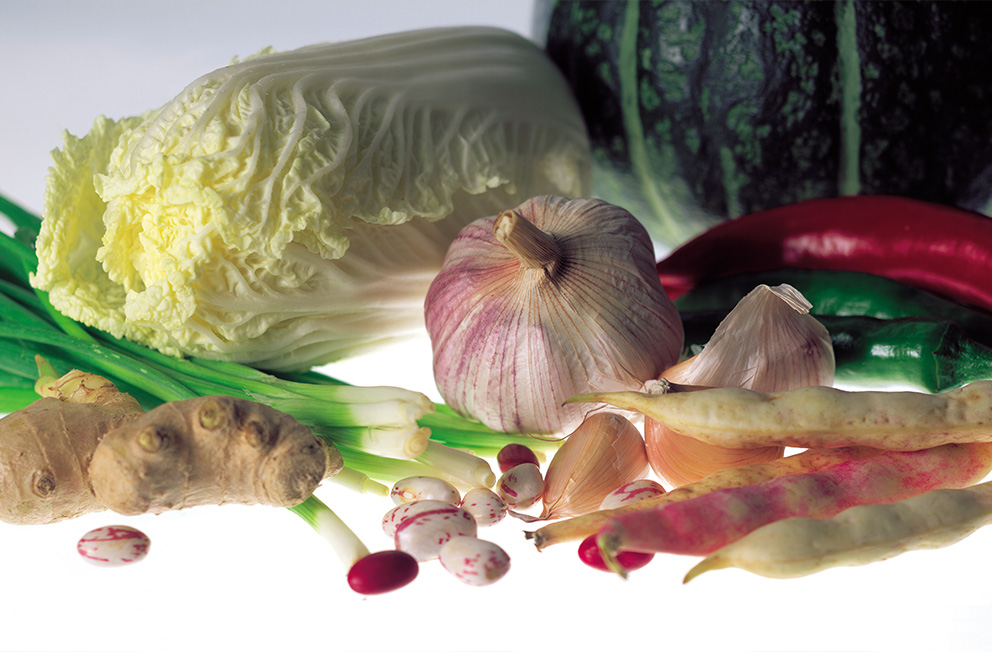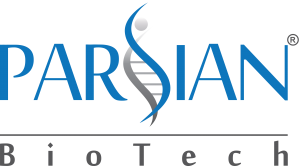
Writer:
Hessam Shabani
Organic food
The organic farming movement arose in the 1940s in response to the industrialization of agriculture during the 20th century. It relies on fertilizers of organic origin such as compost, manure, green manure, and bone meal and places emphasis on techniques such as crop rotation, companion planting. Biological pest control, mixed cropping and the fostering of insect predators are encouraged.
Certified Foods labeled “organic” must be grown without using synthetic pesticides, bioengineered genes, plant growth regulators, hormones, petroleum-based fertilizers and sewage sludge-based and they should not be processed using irradiation, industrial solvents or synthetic food additives. These Crops must be grown and processed using organic farming methods that recycle resources and promote biodiversity. Organic livestock must have access to the outdoors and be given no antibiotics or growth hormones.
According to FDA,
Products labeled “100 percent organic” must contain only organically produced materials.
Products labeled “organic” must contain at least 95 percent organic ingredients.
Products that contain between 70 and 95 percent organic ingredients may use the phrase “made with organic ingredients” on the label and may list up to three of the organic ingredients (e .g ., carrots) or food groups (e .g ., vegetables) on the principal display area.
Products with less than 70 percent organic ingredients may not use the term organic other than to identify specific organic ingredients.


